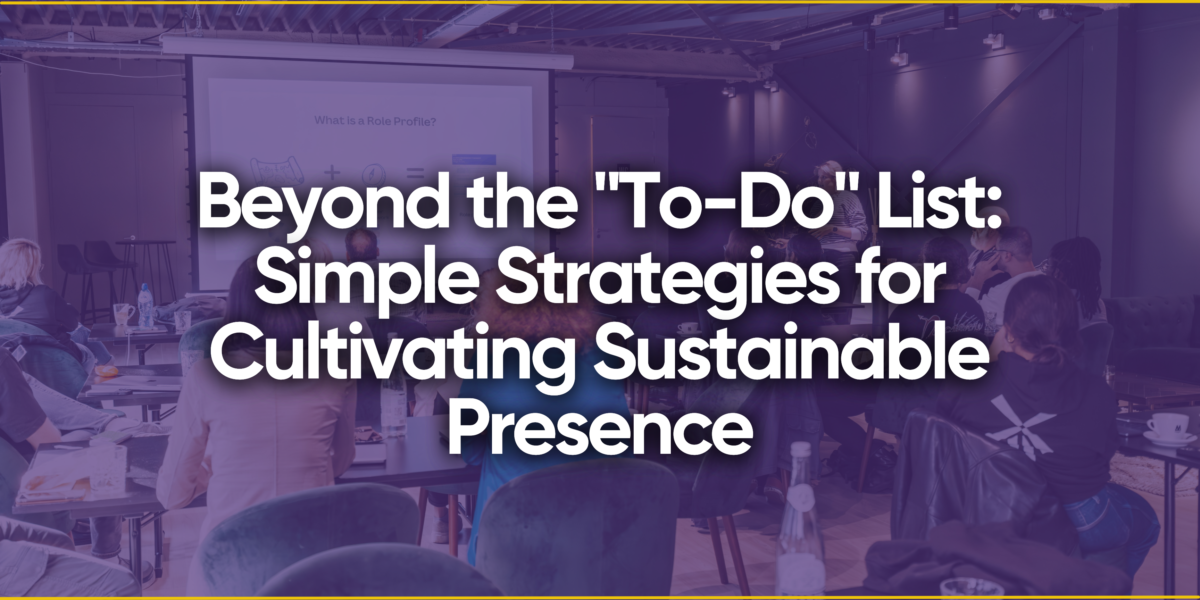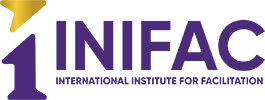
In our fast-paced world, the idea of “pausing” can feel counterintuitive, even indulgent. Yet, embracing moments of stillness isn’t a luxury; it’s a vital component of sustained effectiveness, particularly for professionals who pour their energy into guiding and supporting others. Just as a skilled leader or guide knows the power of a strategic pause to allow group insights to emerge, we too need to cultivate intentional breaks in our own lives to foster clarity and impact. But how do we actually do it? How do we weave true rest and reflection into lives that often demand relentless motion?
This isn’t about grand gestures or months-long sabbaticals (though if those are possible, embrace them!). It’s about cultivating a mindset and adopting small, consistent practices that build resilience and prevent the insidious creep of burnout. It’s about understanding that sustainable presence—that ability to show up fully, with sharp clarity and intuitive insight—isn’t a given; it’s something we actively nurture.
Here are practical strategies to help you move beyond the endless “to-do” list and truly cultivate a more sustainable, impactful way of working:
1. Master the Micro–Pause
The biggest misconception about pausing is that it requires large blocks of time. In reality, it’s the micro-moments that can make the most profound difference.
The “Between Meetings” Reset: Instead of immediately diving into email after a call, take 2-5 minutes to simply breathe. Close your eyes, stretch, or look out a window. Let the previous conversation or task fully land before engaging with the next. Giving yourself that beat allows your mental energy to settle, preventing mental whiplash as you transition between demands.
Mindful Transitions: When moving from one activity to another (e.g., from client work to an internal team discussion), take a deliberate “transition breath.” This signals to your brain that you’re shifting gears, helping you arrive more fully and present in the new context, just as you’d guide others smoothly from one activity to the next.
Tech-Free Pockets: Designate short, non-negotiable periods throughout your day where your phone is silent and out of sight. This could be during your commute, while eating lunch, or for 15 minutes before bed. Creating these focused, distraction-free spaces allows you to engage in your own internal processing without constant external noise, much like holding a clear, undisturbed space for deep work.
2. Redefine “Productivity”
Our culture often equates productivity with output. But what if true productivity includes the time spent recharging?
Schedule “White Space”: Don’t just schedule meetings and tasks. Intentionally block out “white space” in your calendar for focused work, creative thinking, or even just unstructured time. Treat these blocks with the same respect as a client appointment. When designing any collaborative session or project plan, you build in breaks and processing time, knowing that constant activity leads to diminishing returns. Apply this same wisdom to your personal calendar.
The “Done for the Day” Ritual: Create a simple end-of-workday ritual. This could be writing down your top 3 priorities for tomorrow, tidying your workspace, or reviewing what you did accomplish. This helps your brain disengage and prevents work from spilling into personal time. Just as a good leader ensures a clear closing to a session, helping participants integrate learning and plan next steps, an end-of-day ritual provides personal closure and mental separation from work.
Embrace the “No”: Learn to politely decline commitments that don’t align with your priorities or capacity. Every “yes” to something less important is a “no” to something that truly fuels you. Setting clear boundaries on project scope and expectations is crucial for any impactful work. Similarly, saying “no” protects your energy and ensures you can say a more robust “yes” to what truly matters.
3. Connect Beyond the Transaction
In people-focused professions, we give a lot of ourselves. Intentional, non-transactional connection can be deeply replenishing.
“Check-In” Calls with Peers: Schedule informal calls with colleagues or mentors where the agenda is simply to connect, share experiences, and offer mutual support. No problem-solving required, just presence. This mirrors the power of peer learning and community in any field, where sharing experiences with those who “get it” is invaluable for growth and preventing isolation.
Re-engage with Hobbies: What activities bring you joy and a sense of “flow” outside of work? Prioritize these. Whether it’s reading, gardening, playing music, or a sport, hobbies are crucial for mental and emotional renewal. A diverse wellspring of personal interests and experiences enriches your perspective, making you a more creative and resourceful professional. Fresh input sparks fresh ideas.
Nature Breaks: Spend time outdoors, even for just 10-15 minutes. The natural world has a remarkable ability to calm the nervous system and foster a sense of perspective.
4. Cultivate Self-Awareness
Just as you read the energy of a room or a team, practice reading your own internal state.
Regular Self-Reflection: Ask yourself: “What do I truly need right now?” or “What’s one small thing I can do to feel more grounded?” Journaling can be a powerful tool for this. This is like conducting a real-time “check-in” with yourself, similar to how you’d gauge a group’s mood and needs during a session to adjust your approach.
Recognize Early Warning Signs: Learn to identify your personal indicators of approaching exhaustion—increased irritability, difficulty focusing, cynicism. The sooner you recognize these, the sooner you can intervene with a much-needed pause. As a leader or professional guiding others, you’re constantly monitoring the group for signs of fatigue, tension, or disengagement. Applying this same attentiveness to your own state allows for timely self-correction.
Celebrate Small Wins: Acknowledge your accomplishments, big and small. This counteracts the tendency to always focus on the next challenge and reinforces a sense of progress and fulfillment. Just as you highlight group progress and successes to build momentum and morale, acknowledging your own small victories reinforces positive habits and boosts your personal energy.
Sustainable presence isn’t about being perfectly calm all the time; it’s about building the muscles of awareness and intentionality. It’s about knowing when to lean in, and crucially, when to step back and allow for integration. By weaving these simple strategies into your daily life, you’re not just preventing burnout; you’re nurturing the very source of your impact, ensuring you can continue to show up fully for yourself, and for the important work you do in the world.
